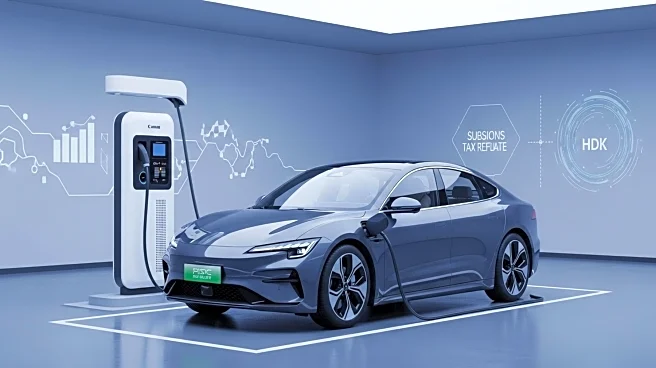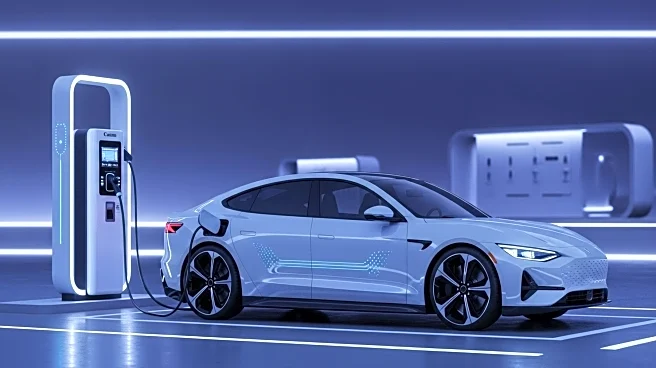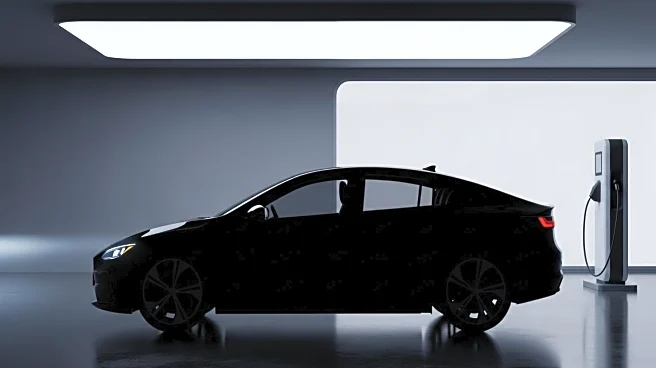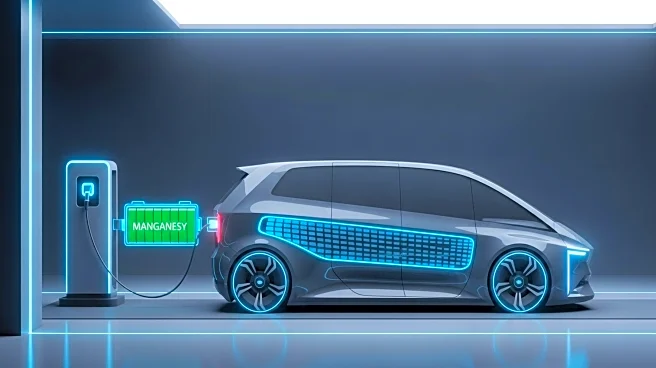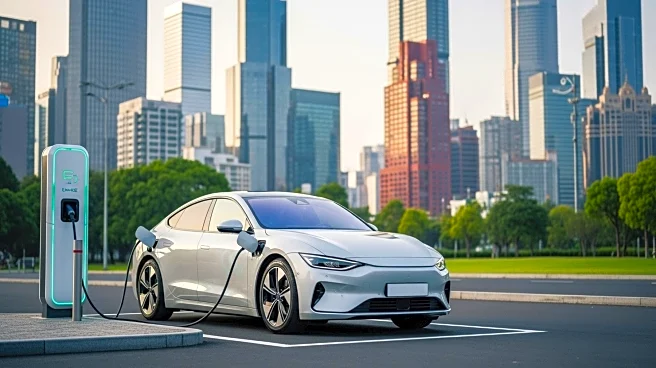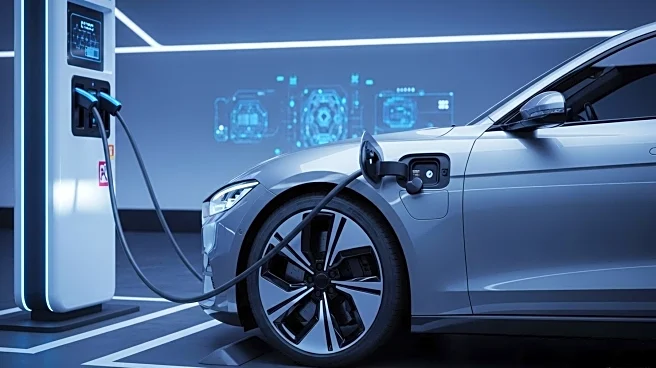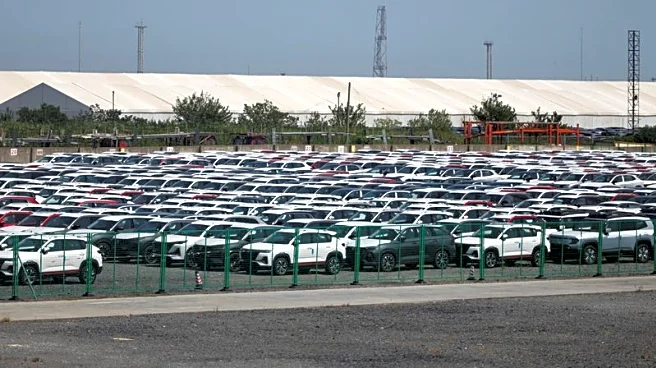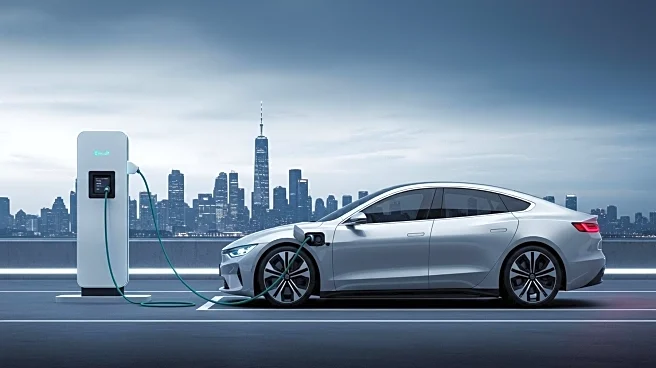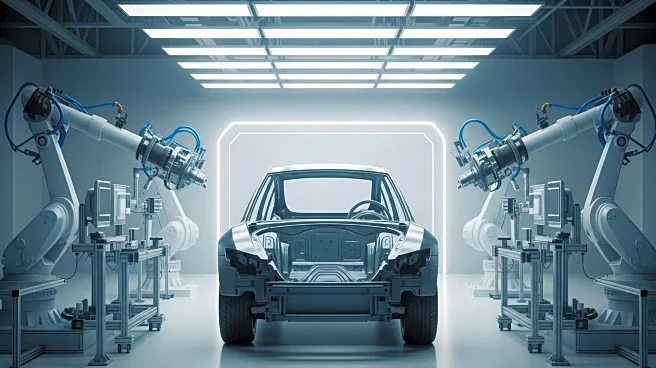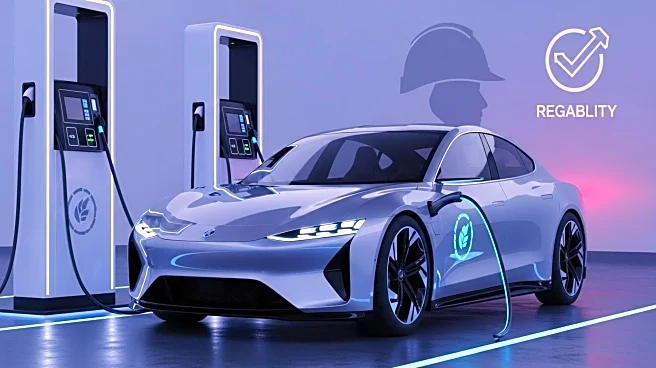What's Happening?
China's new-car sales have expanded for the eighth consecutive month in September, driven by a surge in consumer demand. This increase is attributed to shoppers taking advantage of expiring vehicle trade-in subsidies and impending changes to tax rebates for electrified vehicles. Brands like Lynk & CO have seen significant interest as consumers rush to benefit from these financial incentives before they are tightened. The automotive market in China is experiencing a period of rapid growth, with consumers eager to capitalize on the current economic conditions and incentives.
Why It's Important?
The sustained growth in China's new-car sales highlights the effectiveness of government incentives in stimulating consumer demand and supporting the automotive industry. This trend is crucial for automakers as they navigate the challenges posed by global trade uncertainties and fluctuating economic conditions. The increase in sales provides a boost to the industry, potentially leading to increased production and investment in electrified vehicles. As China continues to promote electric vehicle adoption, the market dynamics could influence global automotive trends and encourage other countries to implement similar incentives.
What's Next?
With the expiration of subsidies and changes to tax rebates, the automotive industry in China may face adjustments in consumer demand. Automakers might need to adapt their strategies to maintain competitiveness and appeal to buyers in a changing economic landscape. The focus on electrified vehicles suggests a potential shift towards sustainable transportation solutions, which could drive innovation and investment in the sector. Industry stakeholders, including manufacturers and policymakers, will likely monitor these developments to assess their impact on the market and explore opportunities for growth.
Beyond the Headlines
The emphasis on electrified vehicles and government incentives reflects China's commitment to environmental sustainability and reducing carbon emissions. This approach may influence global automotive policies and encourage other nations to prioritize green technologies. The long-term implications of these trends could lead to shifts in consumer preferences, industry standards, and international collaborations focused on sustainable transportation solutions.
